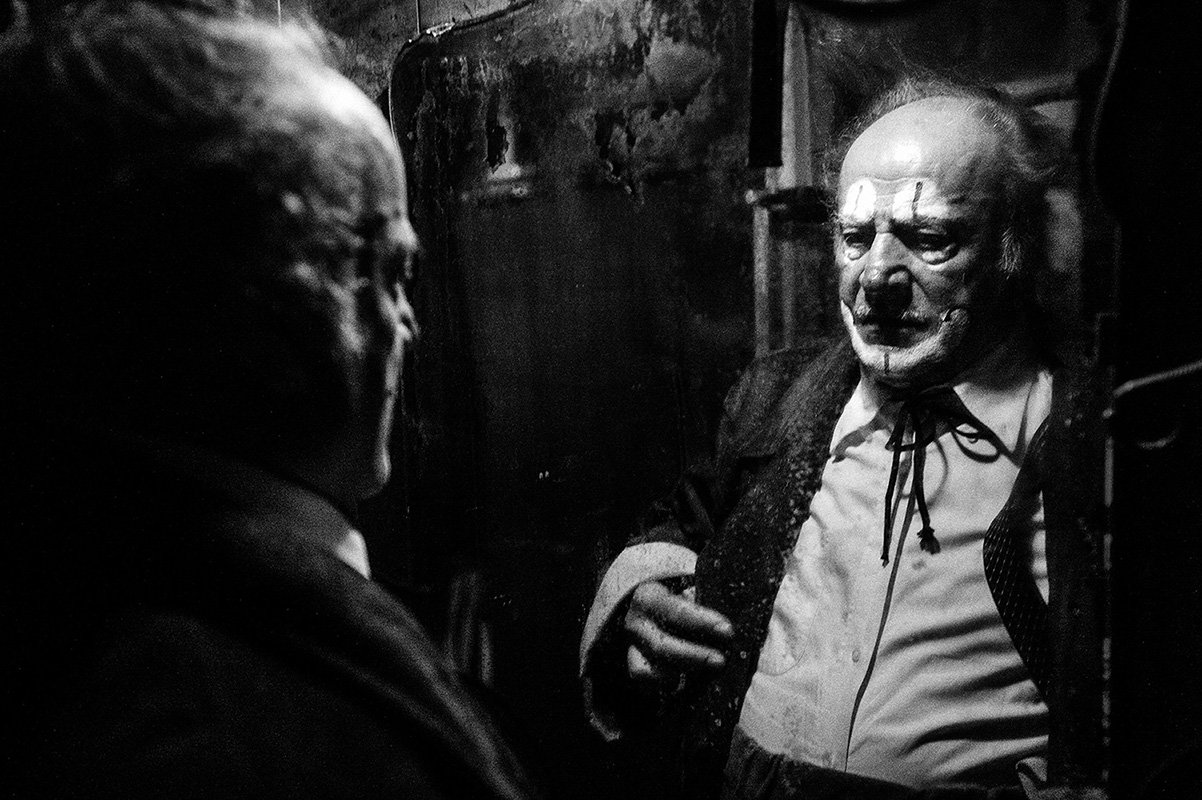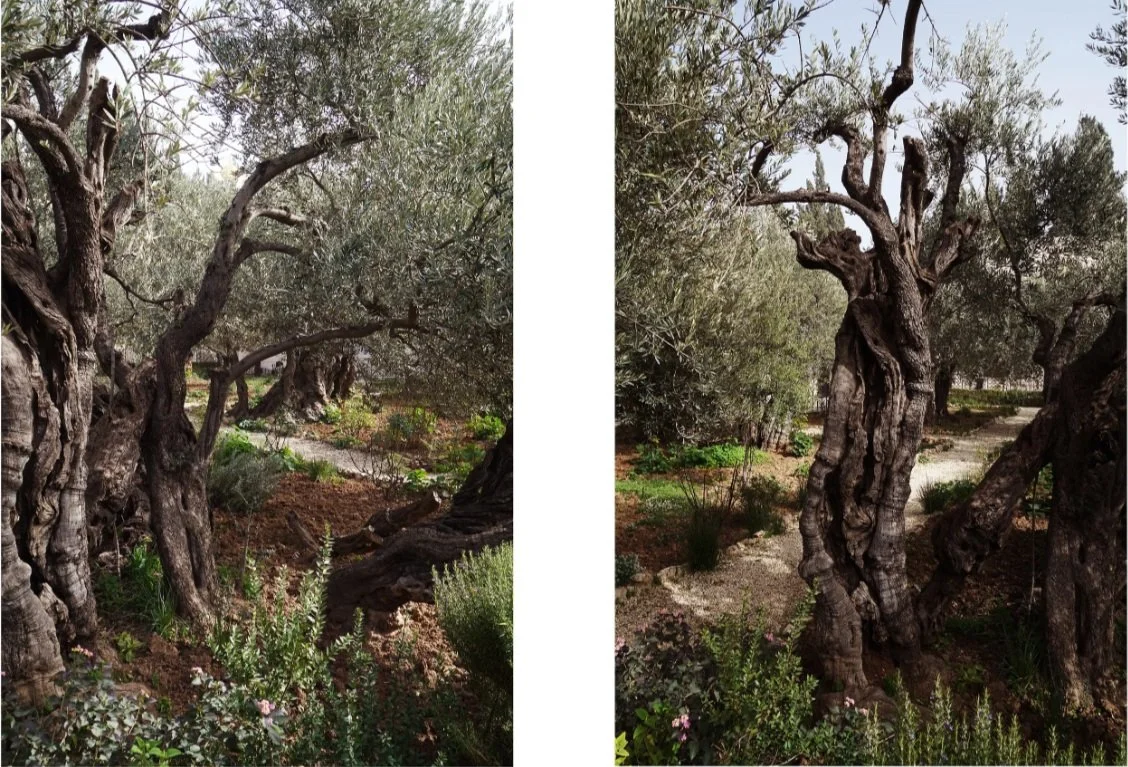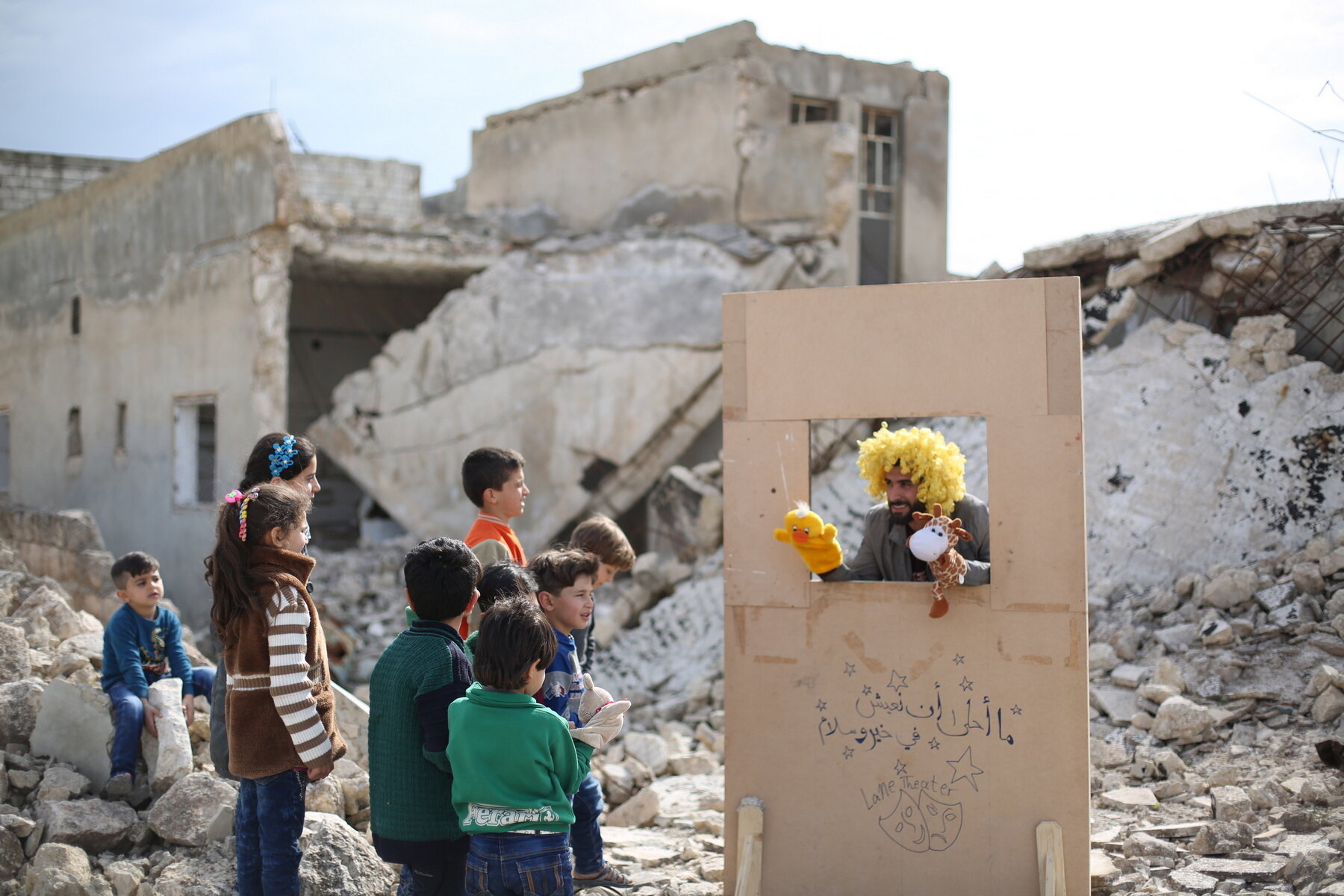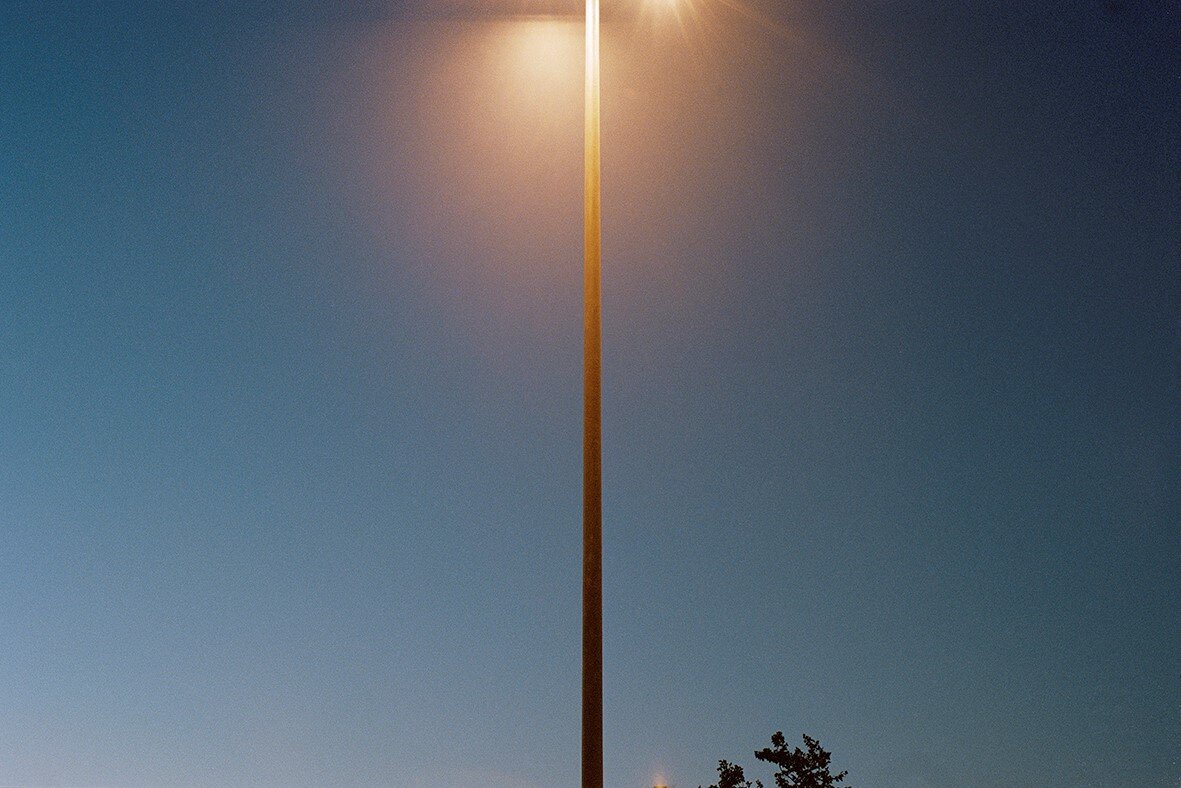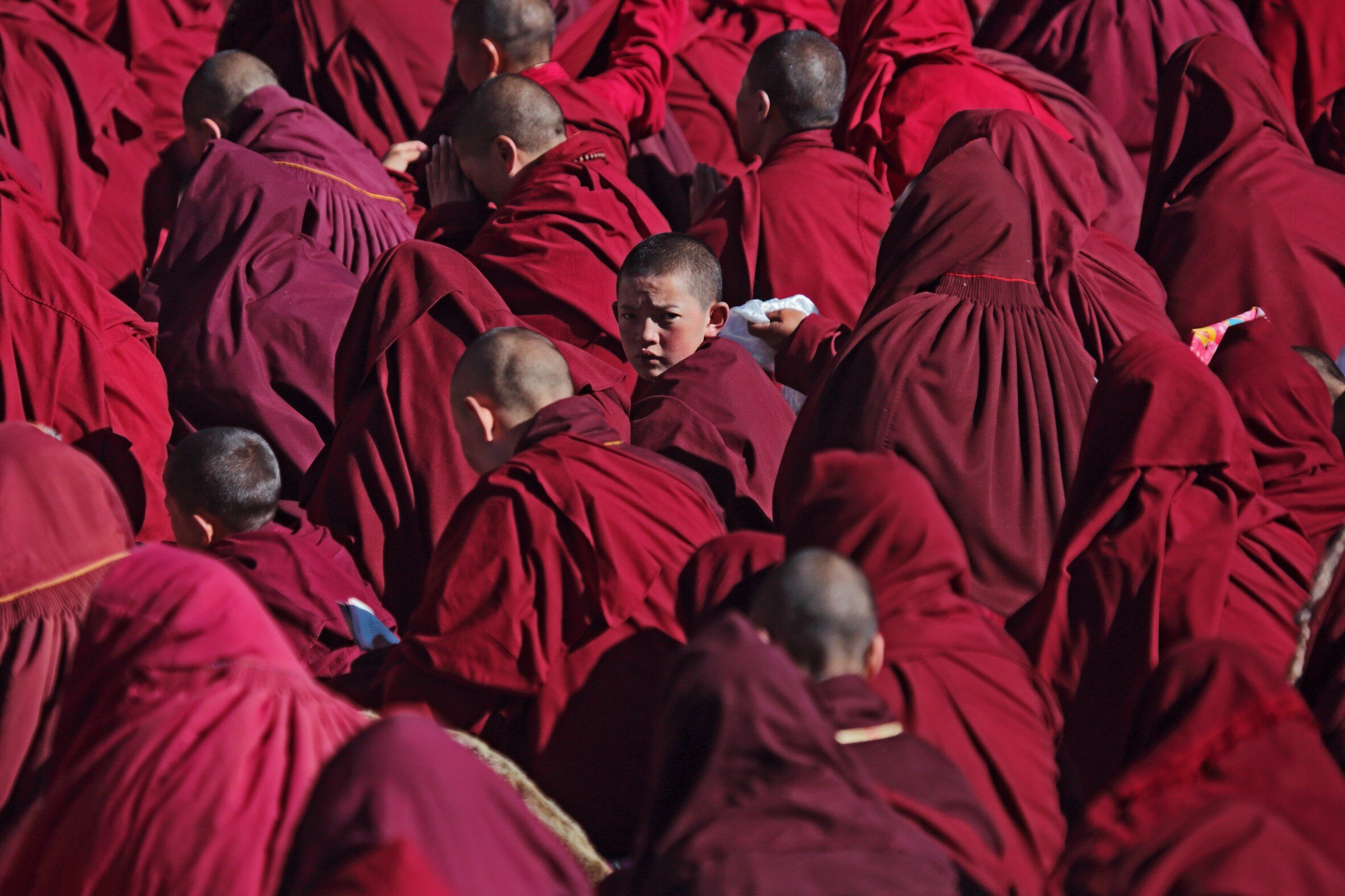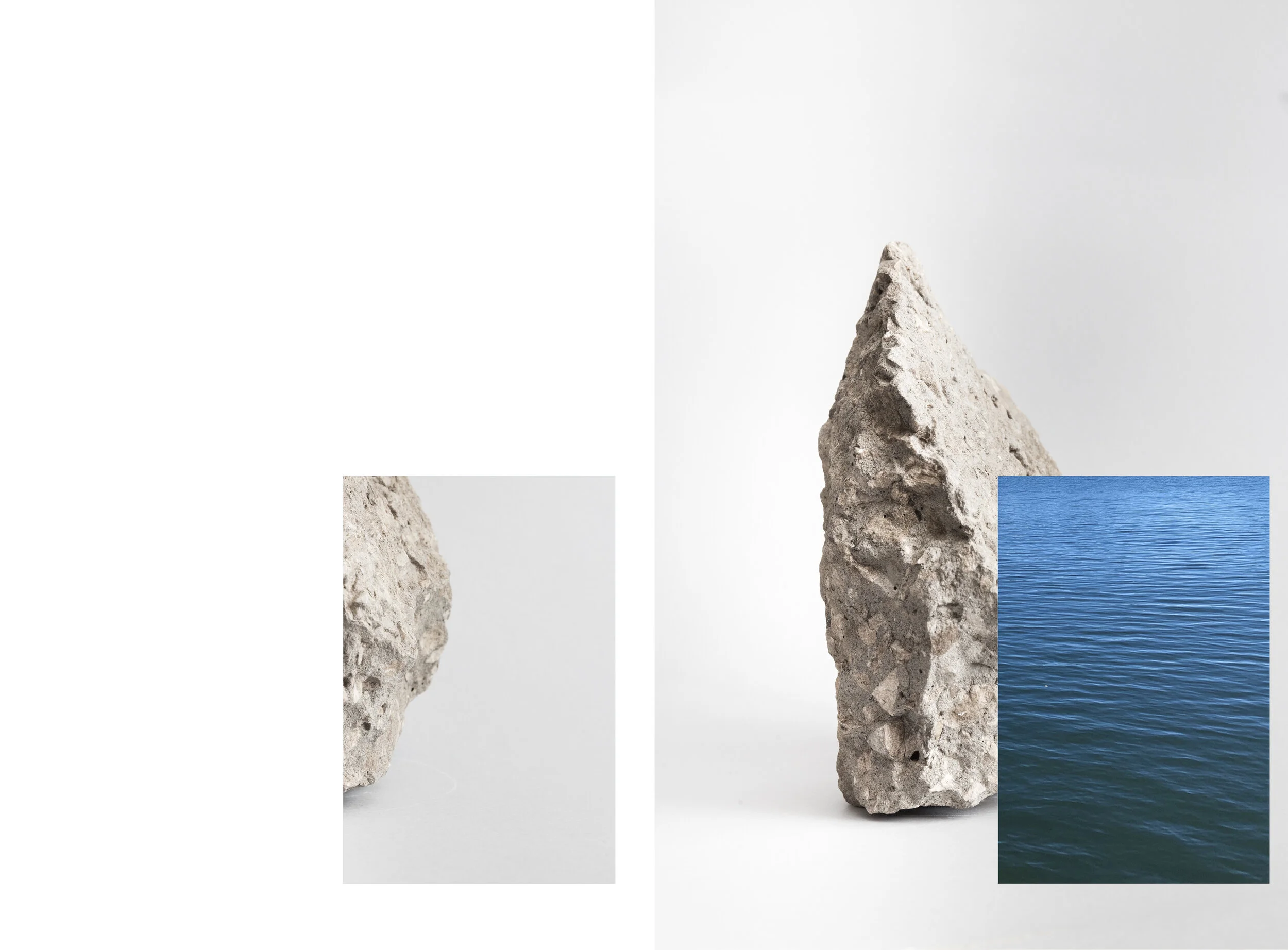
Phytostopia - Pino Musi | Fondazione Rolla – Kindergarten | Bruzella
Fondazione Rolla – Kindergarten | Bruzella
5. April 2025
Phytostopia
Pino Musi
Phytostopia #01 © Pino Musi
Die 24. von der Rolla-Stiftung präsentierte Ausstellung ist Pino Musi gewidmet, einem Autor, der den Sammlern Philip und Rosella Rolla sehr am Herzen liegt. Ihre Verbindung geht auf das Jahr 2002 zurück, als sie gemeinsam die Giuseppe Terragni gewidmete Ausstellung in den Räumen von Borgovico33, der entweihten Kirche Santa Caterina in Como, organisierten. Von da an wurden sie zu häufigen Besuchern und mehrere Werke von Musi kamen in ihre Sammlung.
Für diese Ausstellung baten die Eheleute Rolla ihn, ein unveröffentlichtes Projekt auszustellen, das Pino Musi in dem zu diesem Anlass herausgegebenen Katalog wie folgt vorstellt: „Im Jahr 2021, während der Zeit der Covid-19-Pandemie, fotografierte ich in Frankreich, Belgien und Italien einige ‚Vegetationsmauern‘, die nicht gepflegt wurden, sowie eine Reihe von Situationen, die in ihrer Form ebenso bizarr wie beunruhigend sind und in denen die Vegetation ein scheinbares Gleichgewicht zwischen Natur, Kultur und Lebensraum verändert hat...“
Die elf ausgestellten Fotografien stammen aus dem Archiv von Pino Musi und aus der Privatsammlung von Philip und Rosella Rolla.
Der Katalog, der kostenlos an die Besucher verteilt wird, enthält auch einen Text des Landschaftshistorikers und -theoretikers Michael Jakob, der zum Nachdenken über das schwierige Verhältnis zwischen Natur und Stadt anregt.
Phytostopia #05 © Pino Musi
La 24e exposition présentée par la Fondation Rolla est consacrée à Pino Musi, un auteur cher aux collectionneurs Philip et Rosella Rolla. Leur lien remonte à 2002, lorsqu'ils ont monté ensemble l'exposition consacrée à Giuseppe Terragni dans les espaces de Borgovico33, l'église déconsacrée de Santa Caterina à Côme. Dès lors, ils sont devenus des visiteurs assidus et plusieurs œuvres de Musi sont entrées dans leur collection.
For this exhibition, Mr and Mrs Rolla asked him to exhibit an unpublished project, which Pino Musi presents in the catalogue published for the occasion as follows: « In 2021, during the period of the Covid-19 pandemic, I photographed in France, Belgium and Italy some “vegetation walls” that had not been maintained, and a series of situations just as bizarre in their form as they are disturbing, where vegetation has altered an apparent balance between nature, culture and habitat... »
Les onze photographies exposées proviennent des archives de Pino Musi et de la collection privée de Philip et Rosella Rolla.
Le catalogue, distribué gratuitement aux visiteurs, contient également un texte écrit par l'historien et théoricien du paysage Michael Jakob qui nous invite à réfléchir sur la relation difficile entre la nature et la ville.
Phytostopia #09 © Pino Musi
La ventiquattresima mostra presentata dalla Fondazione Rolla, è dedicata a Pino Musi, un autore caro ai collezionisti Philip e Rosella Rolla. Il loro legame risale al 2002, quando hanno allestito insieme l’esposizione dedicata a Giuseppe Terragni ospitata negli spazi di Borgovico33, la chiesa sconsacrata di Santa Caterina a Como. Da quel momento in poi le frequentazioni sono diventate assidue e diverse opere di Musi sono entrate nella loro collezione.
Per questa mostra i coniugi Rolla gli hanno chiesto di esporre un progetto inedito che, nel catalogo pubblicato per l’occasione, Pino Musi presenta così: “Nel 2021, durante il periodo della pandemia Covid-19, ho fotografato in Francia, Belgio e Italia alcuni ‘muri vegetali’ che non avevano ricevuto manutenzione, ed una serie di situazioni altrettanto-bizzarre nella loro forma, quanto inquietanti, dove la vegetazione ha modificato un apparente equilibrio fra natura, cultura e habitat…”
Le undici fotografie esposte provengono dall’archivio di Pino Musi e dalla collezione privata di Philip e Rosella Rolla.
Nel catalogo, che viene distribuito gratuitamente ai visitatori, è presente anche un testo scritto dallo storico e teorico del paesaggio Michael Jakob che ci invita a riflettere sul difficile rapporto tra natura e città.
Phytostopia #10 © Pino Musi
The twenty-fourth exhibition presented by the Rolla Foundation is dedicated to Pino Musi,
an author dear to collectors Philip and Rosella Rolla. Their connection dates back to 2002, when they set up together the exhibition dedicated to Giuseppe Terragni hosted in the spaces of Borgovico33, the deconsecrated church of Santa Caterina in Como. From that moment on, the meetings have become assiduous and works by Musi have entered their collection.
For this exhibition, the Rolla’s asked him to exhibit an unreleased project that, in the catalog published for the occasion, Pino Musi presents as follows: “In 2021, during the Covid-19 pandemic, in France, Belgium, and Italy I photographed a number of ‘living walls’ that had not been tended to. I also took pictures of a series of situations that were bizarre in terms of their shape, as well as disturbing, where the plant life had altered the apparent equilibrium between nature, culture and habitat…”
The eleven photographs on display come from the archives of Pino Musi and the private collection of Philip and Rosella Rolla.
The catalog, which is free to visitors, also features a text written by landscape historian and theorist Michael Jakob that invites us to reflect on the difficult relationship between nature and the city.
(Text: Fondazione Rolla, Bruzella)







